Standing the Test of Time: Enduring Promise of U.S.-India Ties
Democrats and Republicans in Congress have consistently recognized over the last 25 years that India’s rise is squarely in America’s interest.
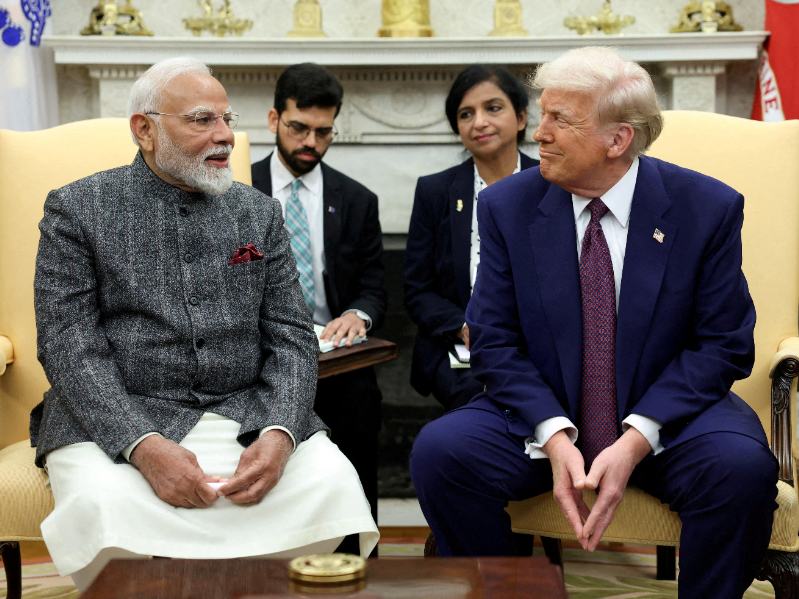 U.S. President Donald Trump meets with Indian Prime Minister Narendra Modi at the White House in Washington, D.C., U.S., February 13, 2025. / REUTERS/Kevin Lamarque/File Photo/File Photo
U.S. President Donald Trump meets with Indian Prime Minister Narendra Modi at the White House in Washington, D.C., U.S., February 13, 2025. / REUTERS/Kevin Lamarque/File Photo/File Photo
Few bilateral relationships hold as much promise or as much weight for the future of global order as that between the United States and India. Together, both countries represent nearly one-fourth of humanity and a combined GDP of $35 trillion. However, these linkages run deeper than contemporary statistics.
Long before the establishment of formal diplomatic relations, merchants in Boston were trading ice, ginseng, and cotton with their counterparts in Bombay and Calcutta, in exchange for Indian textiles sold in New England markets. This trade flourished – between 1795 and 1805, U.S. commerce with India exceeded its trade with all European nations combined – and foreshadowed a partnership that has since grown into one of the central pillars of global stability, prosperity, and innovation.
American engagement with India is not new. It was during President Eisenhower’s historic state visit in 1959 – when he was greeted by over a million Indians lining the streets of New Delhi – that he predicted that when young Americans and young Indians come together, the future would be brighter and bring a greater measure of happiness to the world.
Also Read: US-India relations need better interlocutors
In the ensuing decades, leaders have worked toward this future, building a modern tradition of recognizing the prosperous ties of these two nations.
Also in 1959, then-Senator John F. Kennedy emphasized the importance of cooperation with India because “the hinge of fate in Asia rests with India”. In 2000, President Clinton delinked U.S.-India and U.S.-Pakistan policy, marking the end of the Cold War era of estrangement and disinterest in U.S.-India ties.
In 2006, President Bush ushered in new advances in defense cooperation by signing the historic Civil Nuclear Agreement alongside Prime Minister Singh. In 2015, President Obama became the first U.S. president to attend India’s Republic Day celebrations in New Delhi.
It was no surprise then, in 2023, when Prime Minister Modi addressed a joint session of the U.S. Congress, saying he was “here to speak about our calling for this century – the United States and India.”
During my own tenure as U.S. Ambassador, we experienced unprecedented progress in bilateral cooperation across defense, trade, clean energy, health, education, and people-to-people ties. I had the immense privilege of being the first-ever American envoy to India to visit every Indian state.
These actions were not transactional, but rather reflected a deeper recognition that India’s success is inextricably tied to global prosperity.
Furthermore, Democrats and Republicans in Congress have consistently recognized over the last 25 years that India’s rise is squarely in America’s interest. This bipartisan commitment is a testament to the durability of the U.S.-India relationship. It is not about one leader or one moment; rather, it is about decades of steady progress, built by both parties, Indians across the political spectrum, and the nearly two billion citizens who see the possibilities in each other.
The results of these sustained efforts are clear.
Strategically, India is now a core partner in ensuring a free and open Indo-Pacific. Joint military exercises such as Malabar and Yudh Abhyas continue to demonstrate new levels of interoperability between American and Indian forces. Defense trade is now over $20 billion, compared to the near-negligible levels from 2000.
Economically, the story is equally compelling. Two-way trade numbers have increased tenfold since 2000, hitting a record $212 billion in 2024. Last year, the U.S. became the largest source of remittances to India, sending over $32 billion – nearly 30 percent of India’s total inward remittances.
Culturally and educationally, people-to-people ties remain the bedrock. Over five million Indian Americans call the United States home, many of whom serve as CEOs of Fortune 500 companies, members of Congress, leaders in science and medicine, and more. Indian students make up the largest group of international students in the U.S. – approximately 300,000 – and directly contribute $8 billion annually to the American economy. Cleveland, OH, is home to the largest annual Indian classical music festival outside of India.
These exchanges create a living bridge between the two countries that policymakers cannot replicate.
Looking ahead, the stakes are immense. India is projected to be the world’s third-largest economy by 2030. By then, the U.S. and India will drive global demand, innovation, and technology standards on a larger scale than ever. Climate change, global health, cyber threats, and other problems without passports demand joint solutions that require both countries to work in unison.
This is precisely why both sides must continue to invest political capital in the relationship. That means resolving trade disputes through open dialogue, expanding cooperation in defense technology and supply chains, aligning on digital governance wherever possible, and strengthening institutions of global cooperation where both countries have a seat at the table.
For too long, India and the United States viewed each other through lenses of suspicion. Over the past 25 years, both countries have overcome those “hesitations of history” through steady engagement and recognition of their shared values and converging interests. However, as we’ve seen in the past, trust once eroded is difficult to rebuild.
The U.S.-India relationship has been called the most consequential partnership of this century. That promise remains real. However, it requires a joint commitment to ensure that short-term turbulence does not undo decades of painstaking progress.
The author is an experienced diplomat, most recently having served as deputy secretary of state for management and resources. He was also a former U.S. Ambassador to India and currently serves as chief administrative officer for Mastercard.
(The views and opinions expressed in this article are those of the author and do not necessarily reflect the official policy or position of India Abroad)



1758208426.png) Richard R. Verma
Richard R. Verma
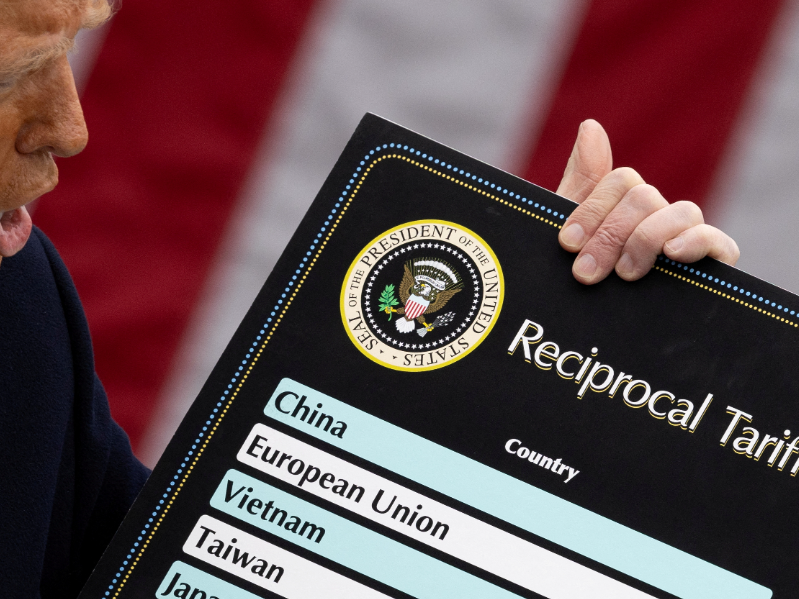
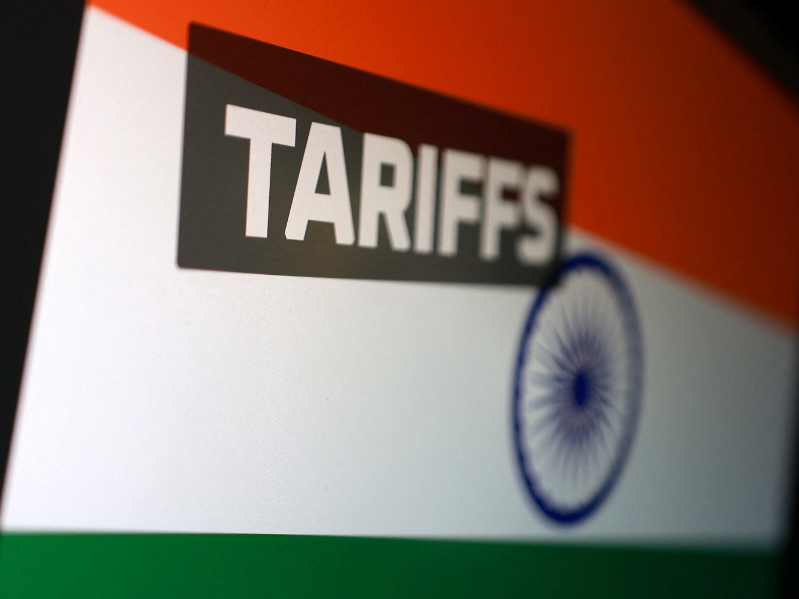

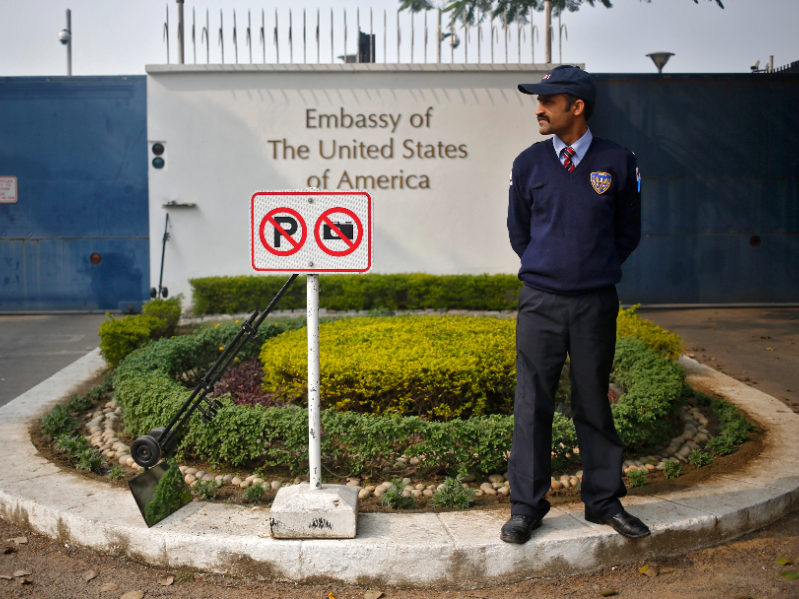
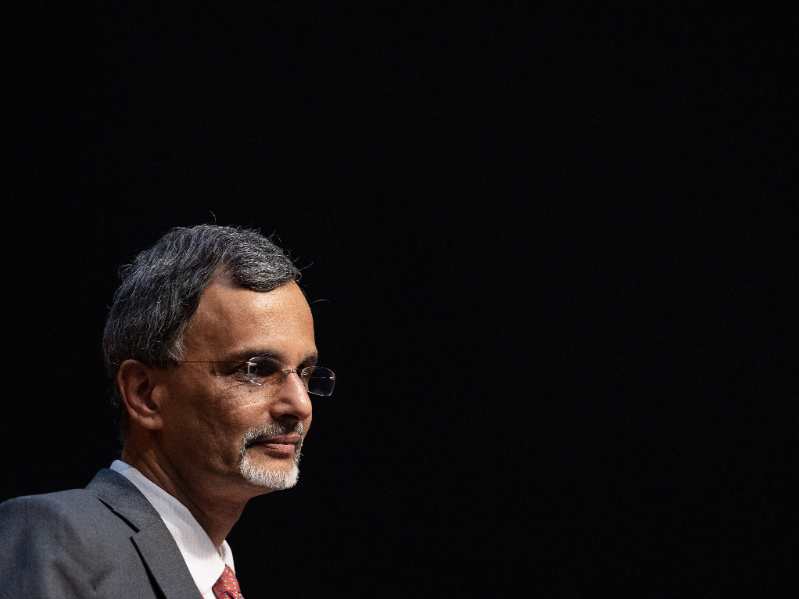
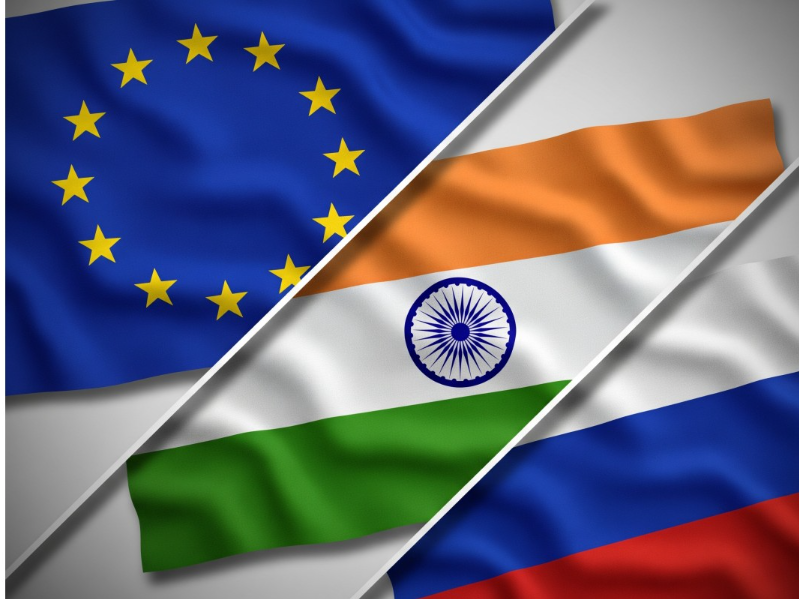
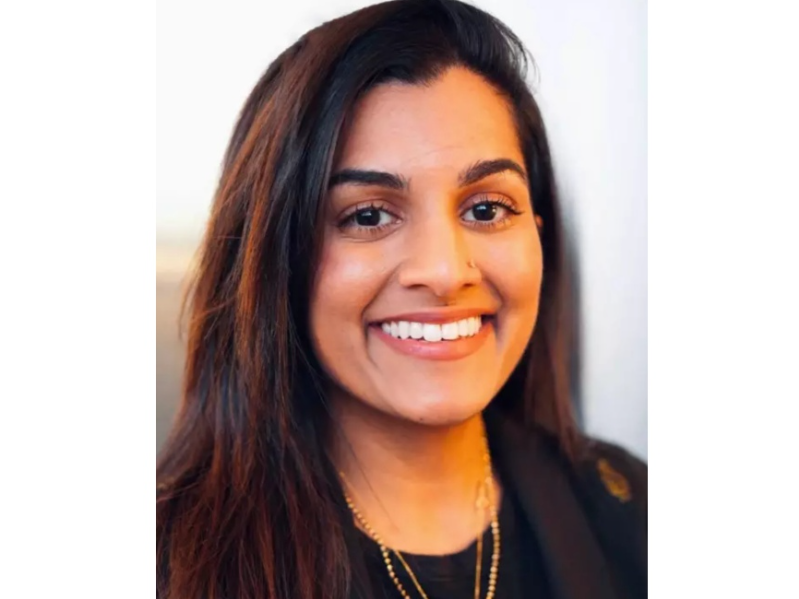
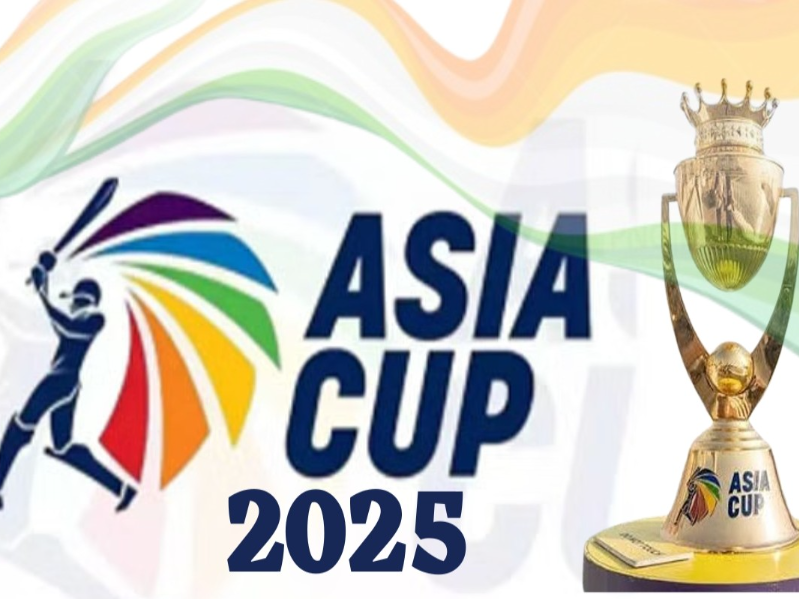

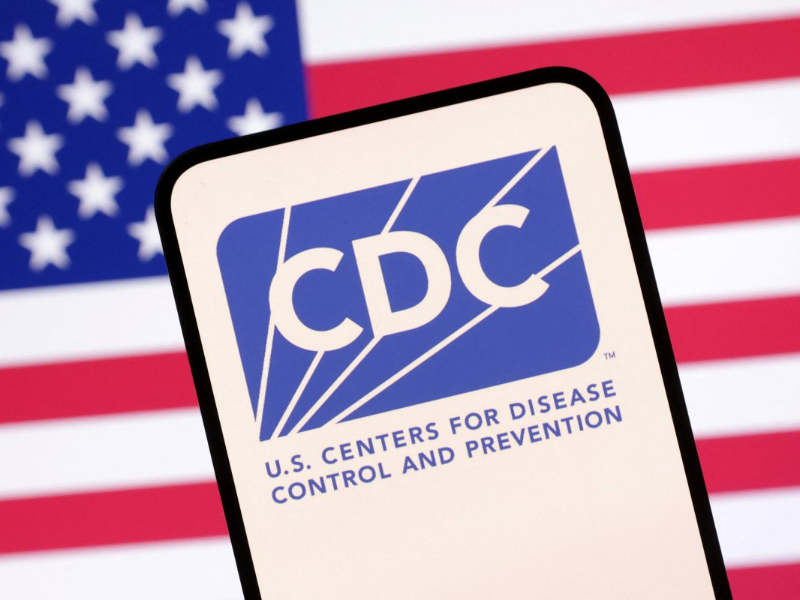



.jpg)

Comments
Start the conversation
Become a member of New India Abroad to start commenting.
Sign Up Now
Already have an account? Login